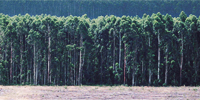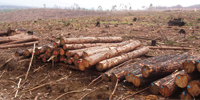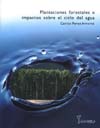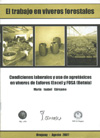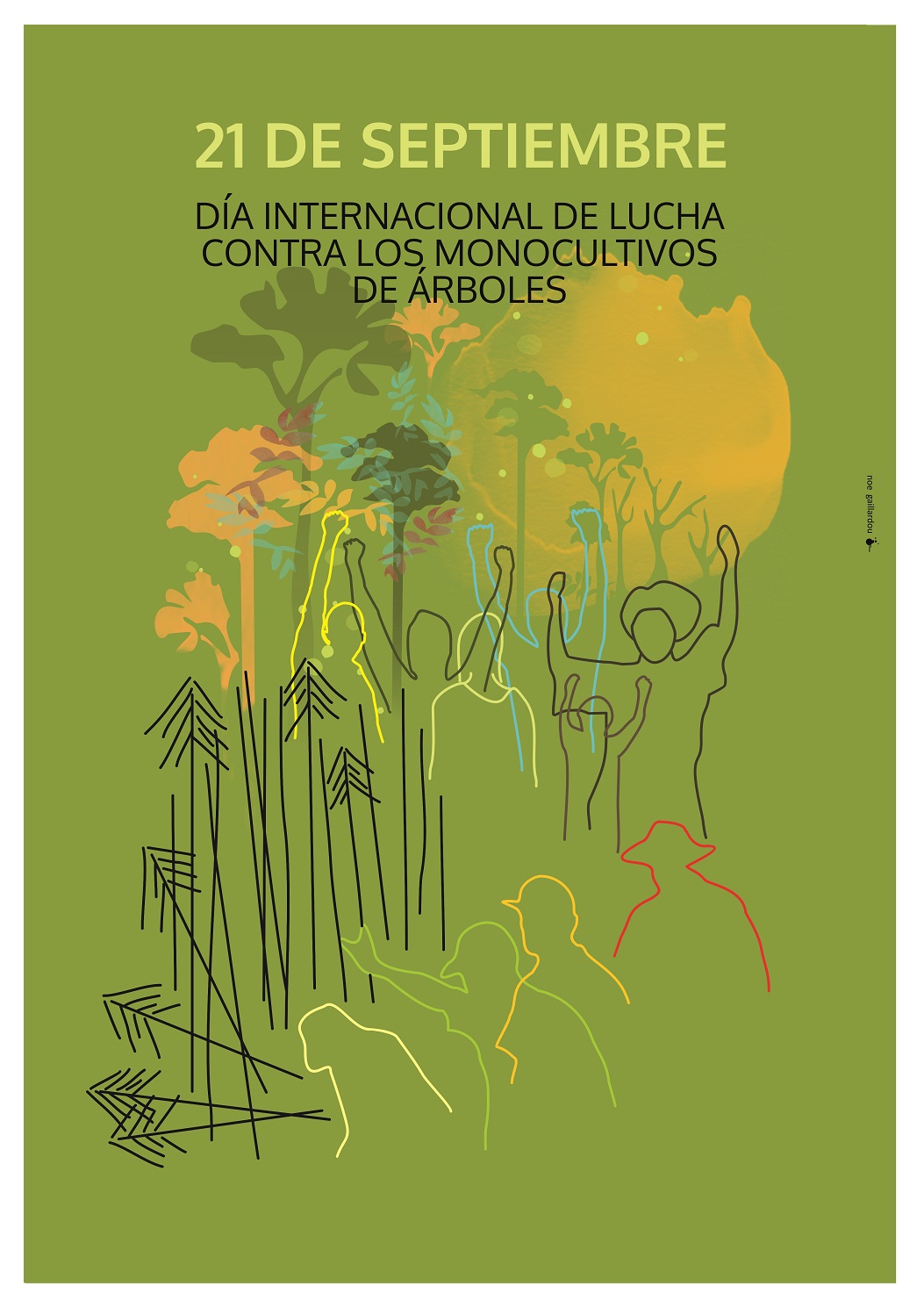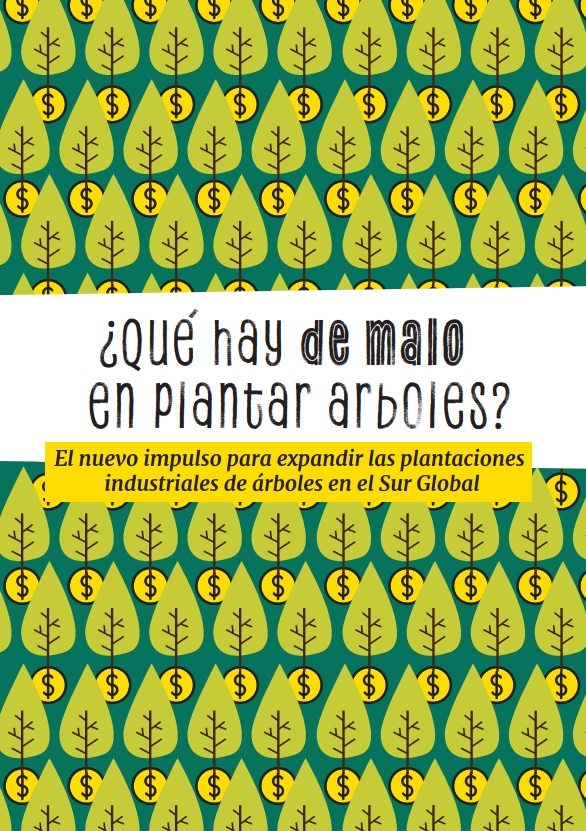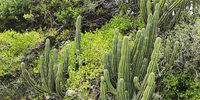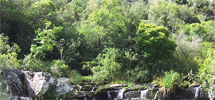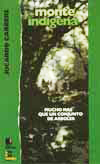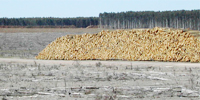by Elizabeth Díaz
In Uruguay at the end of the forties, the State promoted an exemplary initiative, the creation of the National Settlement Institute (Instituto Nacional de Colonización – INC), that arose from the need for a “suitable instrument to promote a rational subdivision of land and its appropriate exploitation in order to achieve the settlement and welfare of rural workers, thus promoting an increase and improvement in farm production.”
“Settlement is a productive socio-economic process, whereby the State acquires lands or receives them as property or for administration, re-dimensions them and then allocates them to farmers so that they can settle there with their families and work them appropriately.” (1) Thus, within these settlements it is common to find land subdivisions that maintain the name of the cattle ranch that was subdivided for settlement. Such is the case of Santa Kilda and Santa Blanca, in the Colonia (settlement) Baltasar Brum in the Department of Paysandú.
Invited by farmers of Santa Kilda and Santa Blanca – concerned over the advance of pine and eucalyptus plantations in the vicinity of their lands – we had the opportunity to visit part of the Colonia Baltasar Brum. The area was originally used for agriculture but later cattle-raising was also introduced.
The Colonia is being surrounded by monoculture tree plantations and while these grow in height and in extension, the negative impacts on the farmers become more notorious: lack of water, pest proliferation, among others.
“The forestry companies have killed our settlement and our water resources and wells are disappearing,” said one of the farmers. “Streams that had never dried up today have no water in them” and “this has nothing to do with the drought.” They are quick to say that at times of longstanding droughts the streams only dwindled down at some point along their route, but since tree plantations were established in the area they have dried up completely. The settlers see how in wells 40 m deep the water level has become dangerously low and in some areas has even disappeared, implying that the farmer has to invest in another well where an attempt will be made to reach the water table at a depth of 100 m. This is an extra cost that not all the families are able to cover.
On passing by some land belonging to one of the forestry companies, we noticed a considerably large area with no plantation on it. “Those low-lying lands were wetlands and that is why they could not plant trees on them. They could not enter with the machines. You see now, some years after they planted the rest of the land, the wetlands no longer exist, now it is land ready for planting trees.” A similar process occurred in lands belonging to the settlers, the wet lowlands – where it was impossible to pass even on horseback and where even in the worst droughts ever in the country these locations enabled the settlers to save the cattle – now they have been dry for the past five years.
“You plant a crop and the birds eat it all, there are millions of pigeons, although the companies’ foresters say that pigeons do not live in those woods [they refer to the tree plantations], but hey, do they live there!!”
Another settler whose lands are on the other side of the “tree curtain” affirms that “when one plants sorghum along come the wild boars and they eat it, and nobody sees this, it is full [the plantation] of wild boar and deer.” “This was a wonderful settlement, then they spoilt it with tree plantations. You breed animals and the wild boars eat them, both the calves and the cows.”
Among the arguments used to promote tree plantations, they say that they generate jobs, they talk about biodiversity, sustainable management. Slogans such as “Forests give life and work. Protect them” may be seen along the roadside. Those “forests” are in fact the companies’ tree plantations.
The inhabitants of the settlement have another view on this. “Have you noticed how under the trees nothing grows?” while he points to the 1000 ha of tree plantations surrounding his 40 ha piece of land. That land was like this [referring to his own land where he grows crops and breeds cattle] and they came along and killed everything, there is no more grass, there is no life in that place.”
These families, that have lived all their lives in rural areas, say that “to us who know the land, they can’t tell us about work in plantations; there is work when they plant and then, nothing.” “The harvest doesn’t provide jobs either, it is a lie; one woman is in charge of the harvesting machine, one man manipulates another machine that loads the logs on the truck which, once full, leaves and bye-bye, no more labour.”
“The forestry companies have moved strongly into our settlements. They arrive with their promises and offer materials and kitchen equipment for the schools to promote a good image and to get accepted.” “For us, who are confronted with the negative impacts we suffer from these plantations, those things are of no importance.”
“You work the land, make your home and its surroundings nice, for this to happen to us now…” Today, not only these good agricultural lands need to compete against the advancing plantations, but the permanence of the settlers’ families is in jeopardy. They see with sadness how a new redistribution of their lands is taking place, except that now the process is the reverse: land that could be allocated to other settlers is being given to foreign forestry companies. Not only is land concentration taking place once again but it is also being ‘foreignized,’ and as if this were not enough, these same plantations are certified by the FSC.
(1) National Settlement Institution http://www.colonizacion.com.uy

